 Operation and Maintenance
Operation and Maintenance
 Linux Operation and Maintenance
Linux Operation and Maintenance
 Super comprehensive compilation of Linux basic knowledge
Super comprehensive compilation of Linux basic knowledge
Super comprehensive compilation of Linux basic knowledge
1. Introduction to Linux
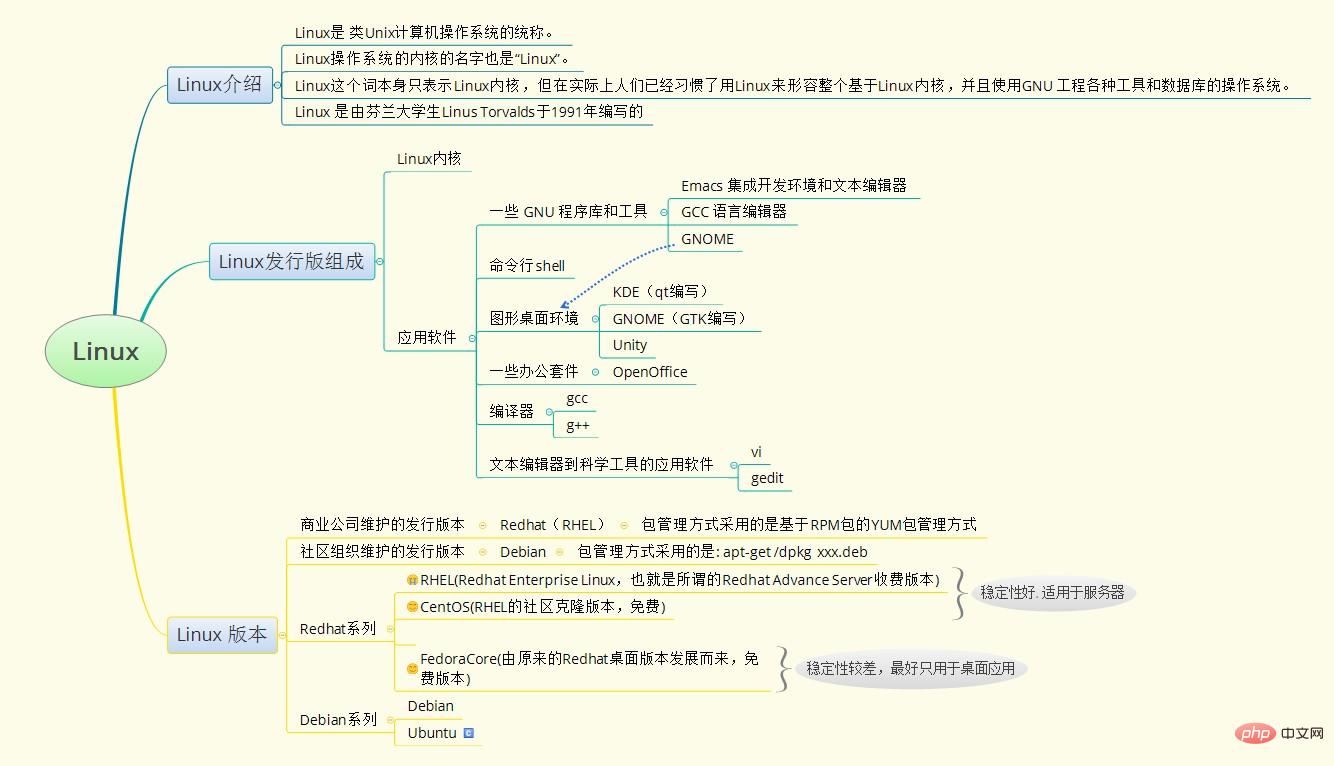
##2. Introduction to Ubuntu

3. File and directory operations
3.1 Basic shell operations3.1.1 Command parser Essence: According to the name of the command, call the corresponding executable programCheck the type of shell used: echo $SHELL3.1.2 Common shortcut keysUse the tab key to complete the main keyboard shortcuts such as command/directory
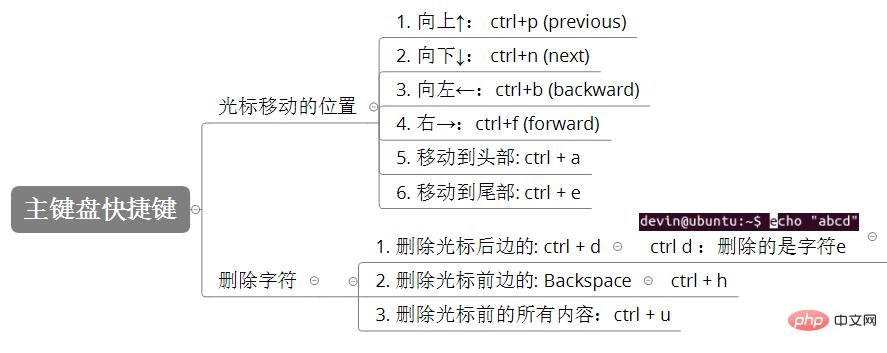

Absolute path and relative path
User directory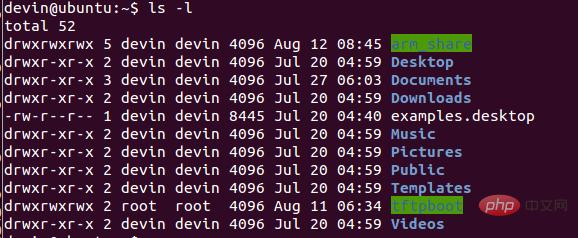



File and directory properties
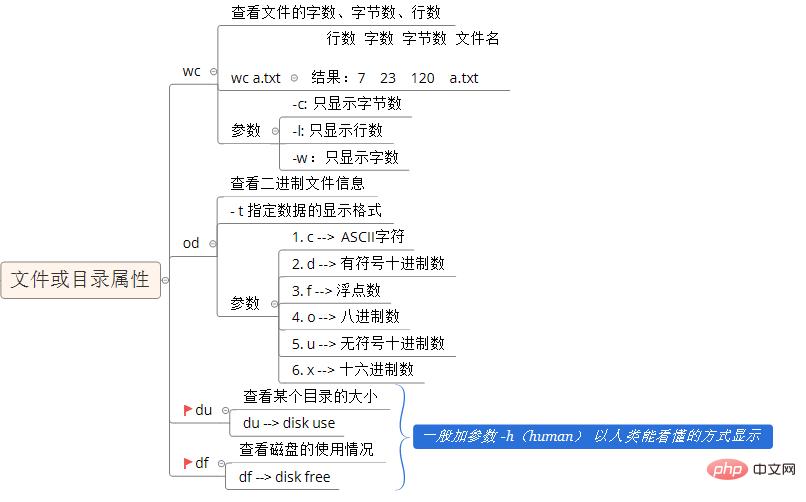
which: View the path where the specified command is located
3.1.6 File permissions /Users/User Group
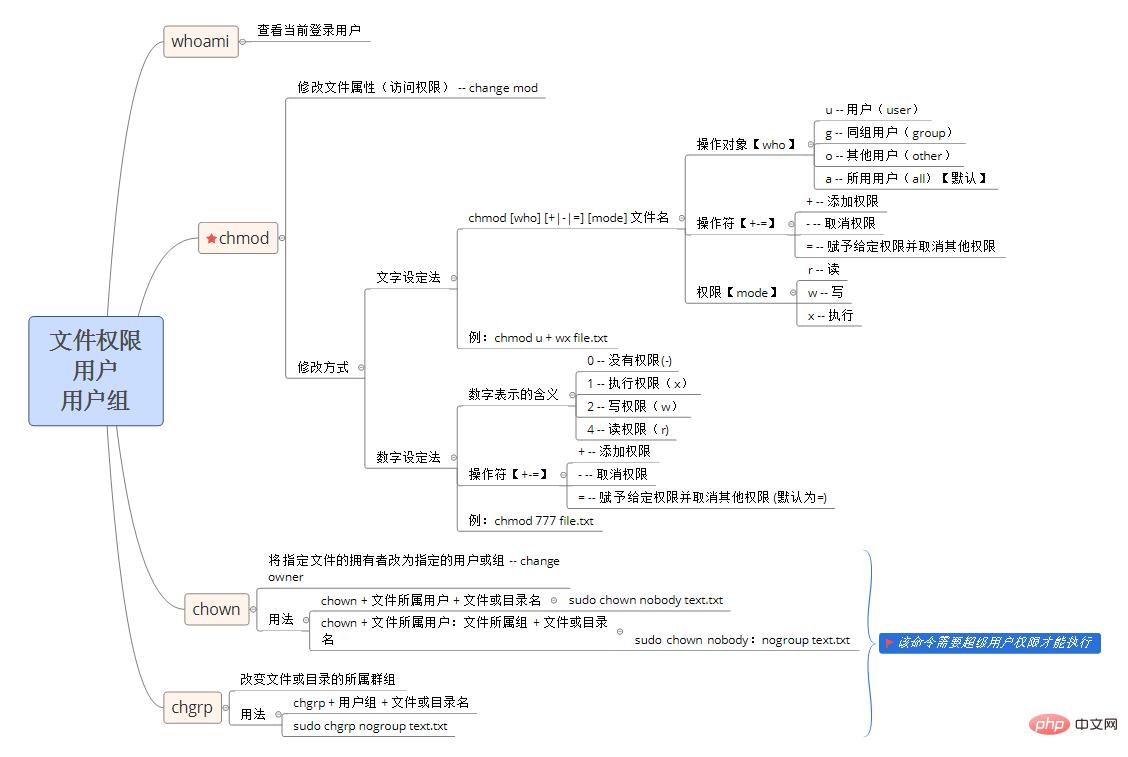
3.1.7 Search and retrieve
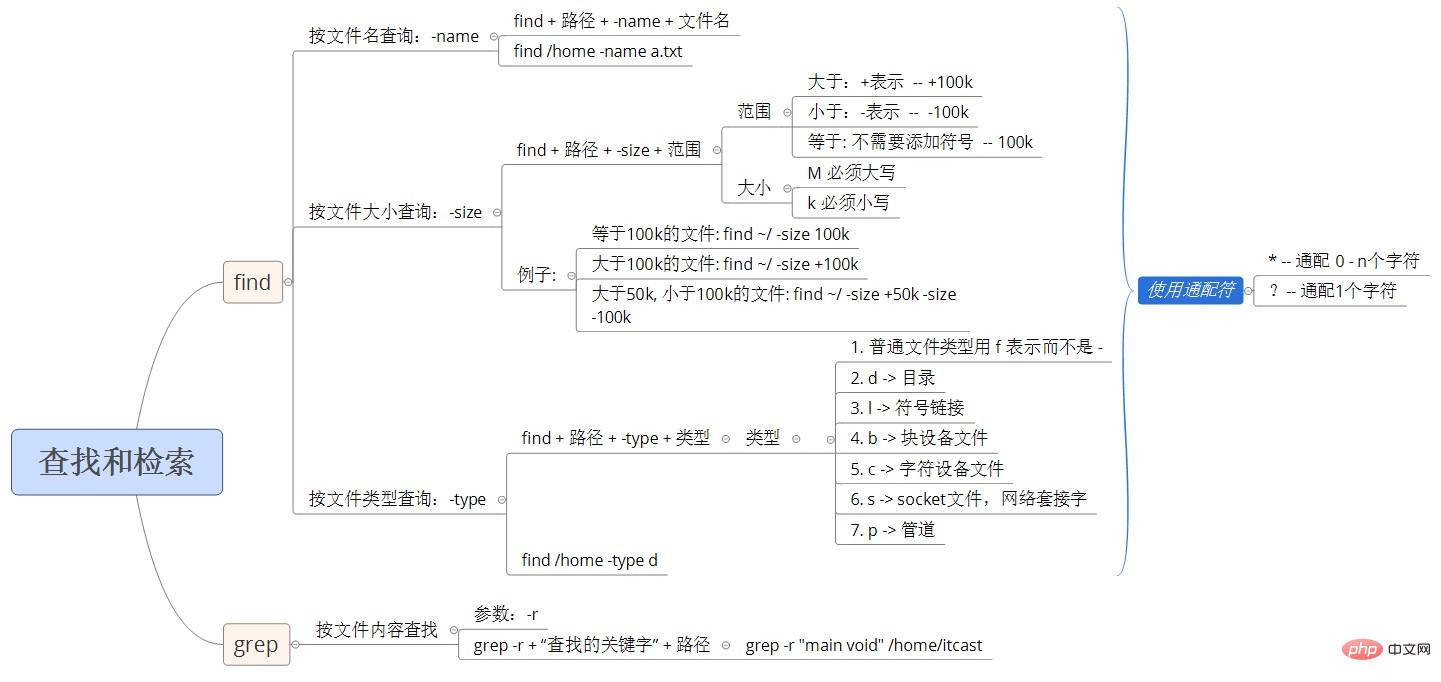
3.1.8 Software installation and uninstallation
Online installation (preferred)
deb package installation
Source code installation
3.1.9 Disk management
System default mounting directory: /media
Manually mount directory:/mnt
Mounting method: mount device name Mount directory
Uninstall: unmount When uninstalling, the user's current location must not be In /mnt (/media) or its subdirectories, otherwise it cannot be uninstalled
3.2 Compressed package management
Packaging
 Compression
Compression
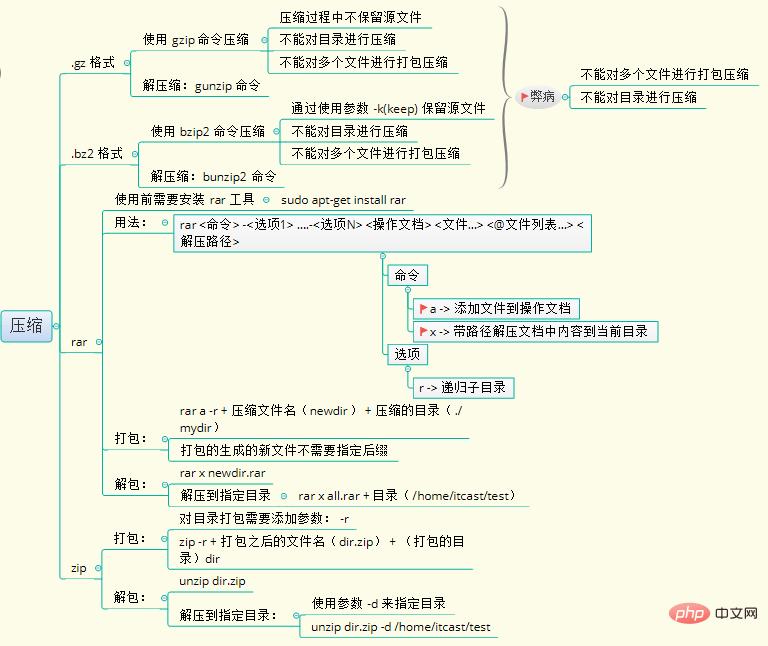
3.3 Process Management
who: Check the status of the current online users
ps: Check the status of the processes running within the entire system (ps -aux)
kill: Used to terminate the specified process
env: View the current process environment variables
top: View the task manager
3.4 Network management
ifconfig: Get network interface information
ping: Test connectivity with the target host
-c: Stop after sending the specified number of packets
-i: Set Send a packet every few seconds
nslookup: Look at the IP address corresponding to the server domain name
3.5 User management
Create user
sudo addusr user name
sudo useradd -s /bin/bash -g devin -d /home/devin -m devin
Set user group: sudo groupadd devin
Delete user:
sudo delusr username
sudo usrdel -r itcast: The function of -r is to delete the user's home directory together
Switch user: su username
root user: sudo su
Set password: sudo passwd username
Exit user: exit
4. Common servers
##ftp server Install ftp server sudo apt-get install vsftpd Modify the configuration file (/etc/vsftpd.conf) ##Start the process: sudo service vsftpd restart
##Start the process: sudo service vsftpd restart
Data transfer
Problems: 500 OOPS: vsftpd: refusing to run with writable root inside chroot()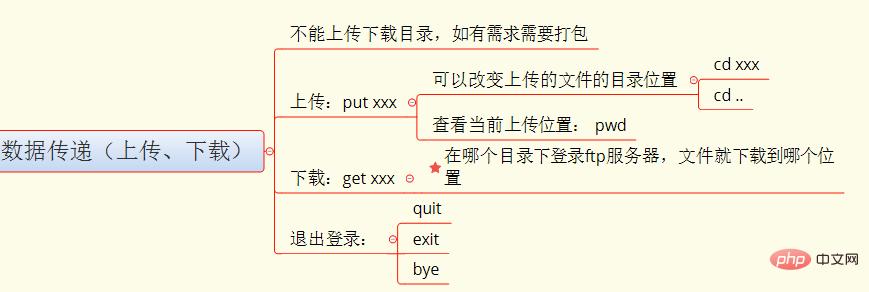 Solution: Add a line to the configuration file: allow_writeable_chroot=YES
Solution: Add a line to the configuration file: allow_writeable_chroot=YES
5, vimvim is a text editing program with no menu, only commands, and many commands
vim has three modes
Command mode insert mode last line mode
5.1 Command mode
5.1.1 Move the cursor
##5.1.2 Delete and undo
5.1.3 Copy and paste




5.3 Last line mode


6、gcc
gcc is a compiler, the commonly used parameters are as follows: -v/--version Check the version number-o Generate the target file- I Specify the header file directory-D Define macros during compilation-On n=0~3, 0 is no optimization, 1 is the default value, 3 is the highest optimization level7. Production and use of static libraries
7.1 Advantages and disadvantages of static librariesAdvantages:Addressing Convenient and fast The library is packaged into an executable program, which can be used directly by publishing the executable program Disadvantages: The code of the static library has been compiled during the compilation process is loaded into the executable program, so the size is largerIf the static library changes, the program needs to be recompiled7.2 Making and using static libraries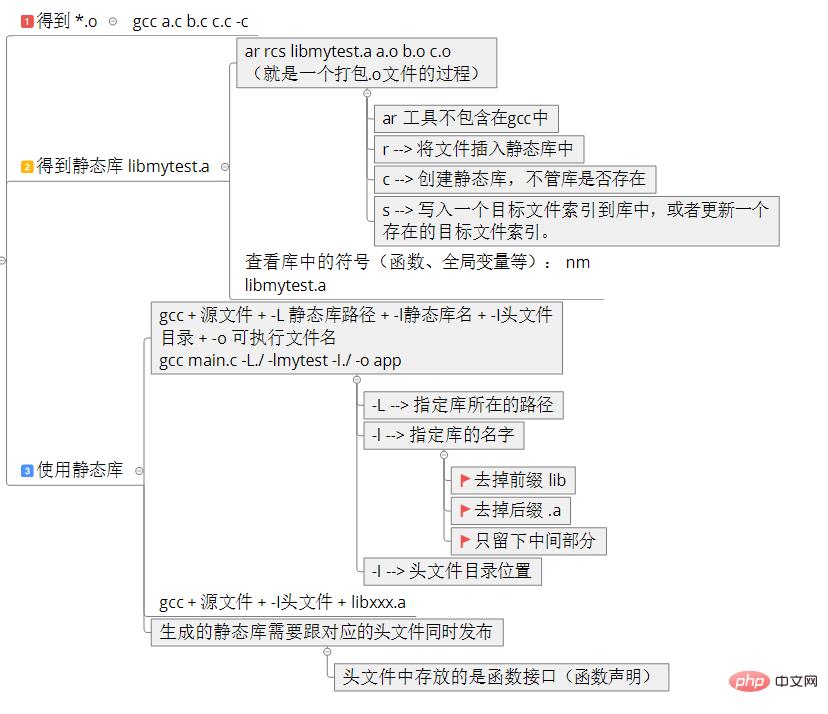
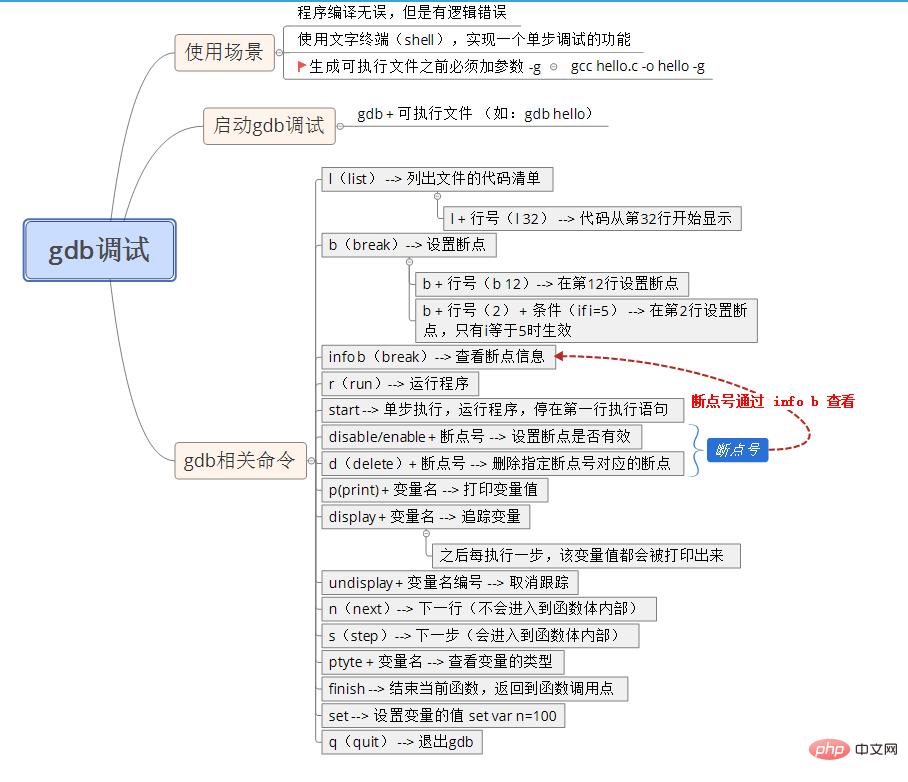
9. gdb debugging
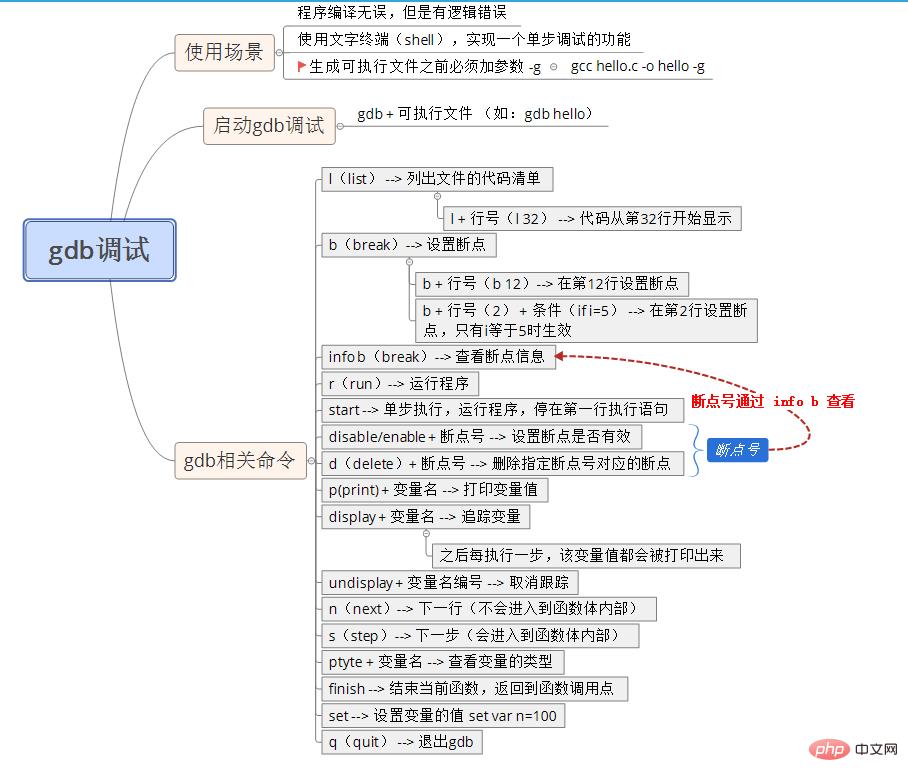
Want to know more For related content, please visit the PHP Chinese website: Linux Video Tutorial
The above is the detailed content of Super comprehensive compilation of Linux basic knowledge. For more information, please follow other related articles on the PHP Chinese website!

Hot AI Tools

Undresser.AI Undress
AI-powered app for creating realistic nude photos

AI Clothes Remover
Online AI tool for removing clothes from photos.

Undress AI Tool
Undress images for free

Clothoff.io
AI clothes remover

Video Face Swap
Swap faces in any video effortlessly with our completely free AI face swap tool!

Hot Article

Hot Tools

Notepad++7.3.1
Easy-to-use and free code editor

SublimeText3 Chinese version
Chinese version, very easy to use

Zend Studio 13.0.1
Powerful PHP integrated development environment

Dreamweaver CS6
Visual web development tools

SublimeText3 Mac version
God-level code editing software (SublimeText3)

Hot Topics
 1387
1387
 52
52
 How to use docker desktop
Apr 15, 2025 am 11:45 AM
How to use docker desktop
Apr 15, 2025 am 11:45 AM
How to use Docker Desktop? Docker Desktop is a tool for running Docker containers on local machines. The steps to use include: 1. Install Docker Desktop; 2. Start Docker Desktop; 3. Create Docker image (using Dockerfile); 4. Build Docker image (using docker build); 5. Run Docker container (using docker run).
 How to view the docker process
Apr 15, 2025 am 11:48 AM
How to view the docker process
Apr 15, 2025 am 11:48 AM
Docker process viewing method: 1. Docker CLI command: docker ps; 2. Systemd CLI command: systemctl status docker; 3. Docker Compose CLI command: docker-compose ps; 4. Process Explorer (Windows); 5. /proc directory (Linux).
 What to do if the docker image fails
Apr 15, 2025 am 11:21 AM
What to do if the docker image fails
Apr 15, 2025 am 11:21 AM
Troubleshooting steps for failed Docker image build: Check Dockerfile syntax and dependency version. Check if the build context contains the required source code and dependencies. View the build log for error details. Use the --target option to build a hierarchical phase to identify failure points. Make sure to use the latest version of Docker engine. Build the image with --t [image-name]:debug mode to debug the problem. Check disk space and make sure it is sufficient. Disable SELinux to prevent interference with the build process. Ask community platforms for help, provide Dockerfiles and build log descriptions for more specific suggestions.
 What computer configuration is required for vscode
Apr 15, 2025 pm 09:48 PM
What computer configuration is required for vscode
Apr 15, 2025 pm 09:48 PM
VS Code system requirements: Operating system: Windows 10 and above, macOS 10.12 and above, Linux distribution processor: minimum 1.6 GHz, recommended 2.0 GHz and above memory: minimum 512 MB, recommended 4 GB and above storage space: minimum 250 MB, recommended 1 GB and above other requirements: stable network connection, Xorg/Wayland (Linux)
 vscode cannot install extension
Apr 15, 2025 pm 07:18 PM
vscode cannot install extension
Apr 15, 2025 pm 07:18 PM
The reasons for the installation of VS Code extensions may be: network instability, insufficient permissions, system compatibility issues, VS Code version is too old, antivirus software or firewall interference. By checking network connections, permissions, log files, updating VS Code, disabling security software, and restarting VS Code or computers, you can gradually troubleshoot and resolve issues.
 Can vscode be used for mac
Apr 15, 2025 pm 07:36 PM
Can vscode be used for mac
Apr 15, 2025 pm 07:36 PM
VS Code is available on Mac. It has powerful extensions, Git integration, terminal and debugger, and also offers a wealth of setup options. However, for particularly large projects or highly professional development, VS Code may have performance or functional limitations.
 What is vscode What is vscode for?
Apr 15, 2025 pm 06:45 PM
What is vscode What is vscode for?
Apr 15, 2025 pm 06:45 PM
VS Code is the full name Visual Studio Code, which is a free and open source cross-platform code editor and development environment developed by Microsoft. It supports a wide range of programming languages and provides syntax highlighting, code automatic completion, code snippets and smart prompts to improve development efficiency. Through a rich extension ecosystem, users can add extensions to specific needs and languages, such as debuggers, code formatting tools, and Git integrations. VS Code also includes an intuitive debugger that helps quickly find and resolve bugs in your code.
 How to back up vscode settings and extensions
Apr 15, 2025 pm 05:18 PM
How to back up vscode settings and extensions
Apr 15, 2025 pm 05:18 PM
How to back up VS Code configurations and extensions? Manually backup the settings file: Copy the key JSON files (settings.json, keybindings.json, extensions.json) to a safe location. Take advantage of VS Code synchronization: enable synchronization with your GitHub account to automatically back up all relevant settings and extensions. Use third-party tools: Back up configurations with reliable tools and provide richer features such as version control and incremental backups.



